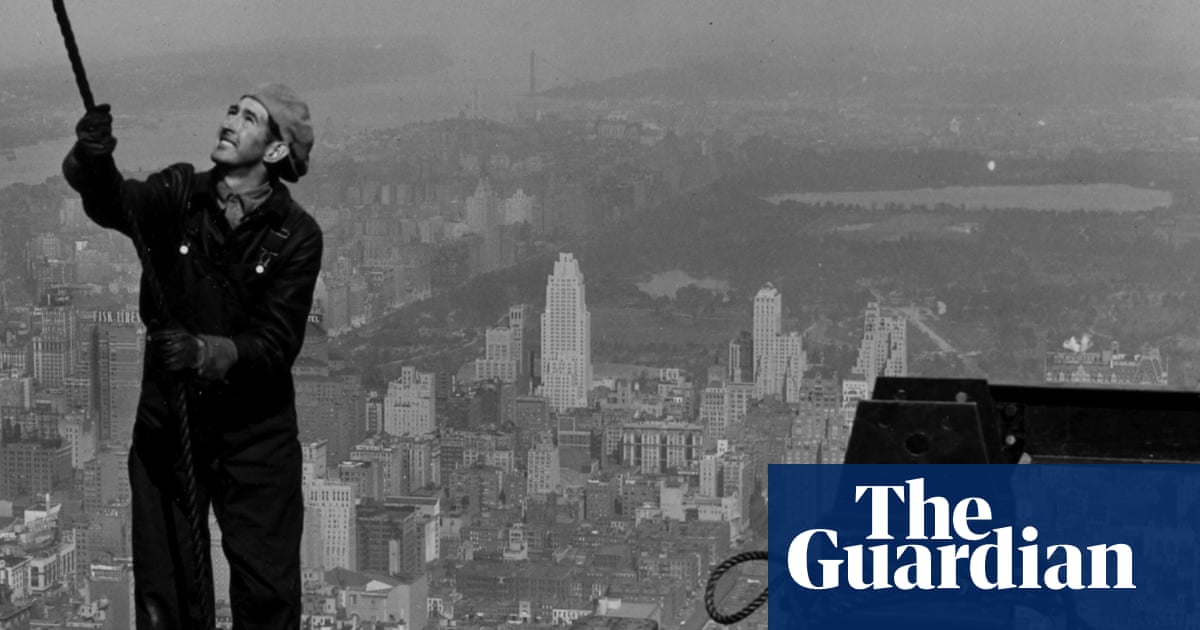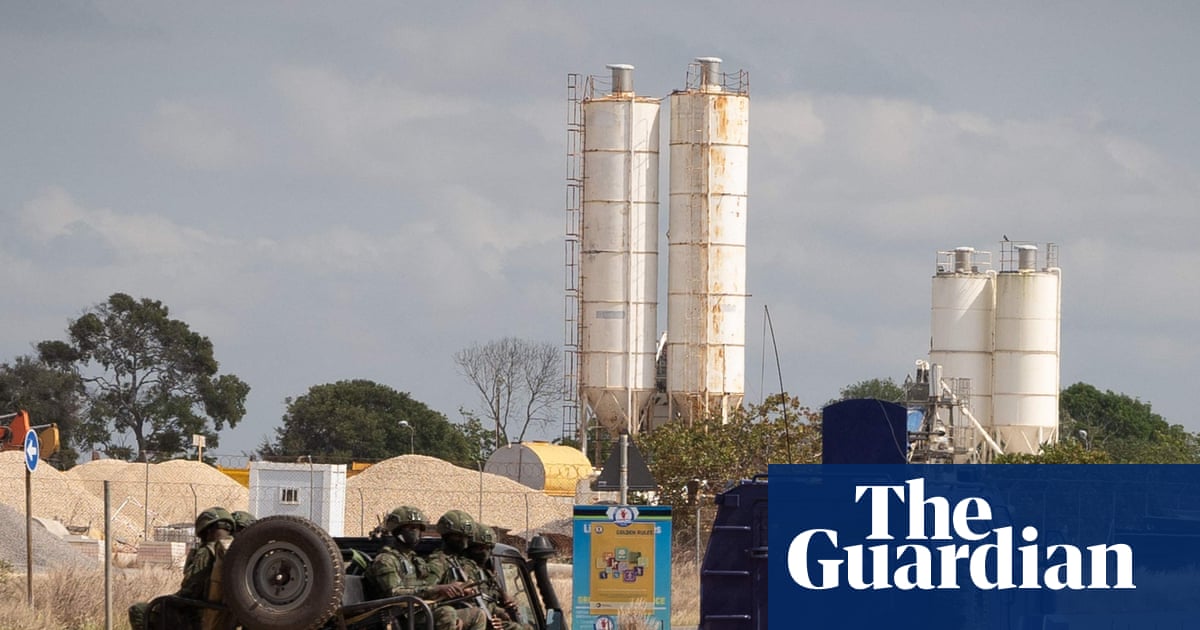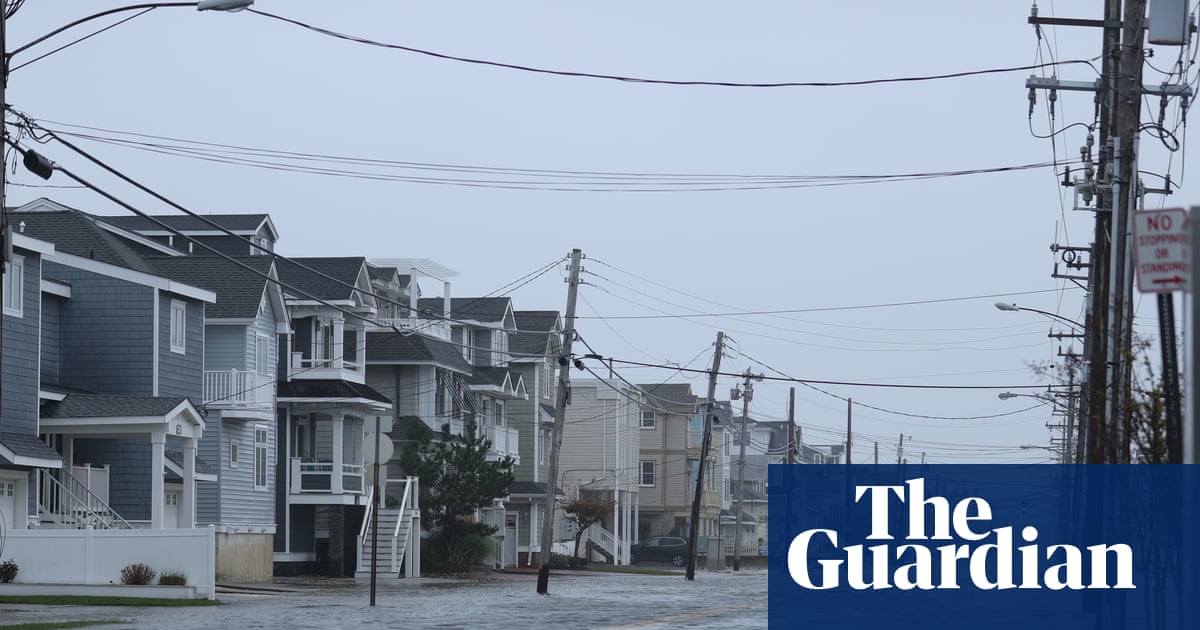It has been one week since Hurricane Melissa made landfall. The storm’s strength has been record-breaking. To better understand the situation on the ground, I called up Natricia Duncan, the Guardian’s Caribbean correspondent, who is based in Jamaica, the country most affected. We spoke about the impact of the hurricane, and how people navigate living under constant climate precariousness.
The fears, fallout and future
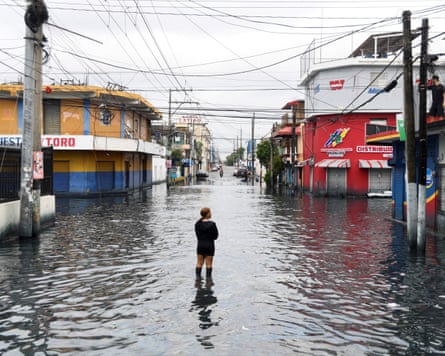
Hurricane Melissa was a historic climate event. “This country has faced some difficult storms,” Natricia said, “but by all accounts this was different. I spoke to people in their 60s and they said to me, again and again, ‘I have never heard anything like this in my life’.” Last week, Natricia visited one of the most affected areas in the south-west of Jamaica. “It’s hard to put into words,” she said about what she saw. “It’s hard to do justice to the damage that I saw on the way to St Elizabeth. The area was cut off from the rest of Jamaica due to landslides, flooding, debris.” As she was driving through a river, she realised it was actually not a body of water but flooding. “Almost every single building had suffered some level of damage,” she said. “People were telling us there used to be a shop here or a restaurant there and now there is nothing, not even evidence” that these places existed. Residents told her they don’t know where the structures went, other than “probably in the ocean”.
Humour in the face of a hurricane
The buildup as Hurricane Melissa made its way towards the islands was unusually long. “Being here on the ground,” Natricia said “I was terrified. My stomach was in knots for two days. By all accounts this was going to be terrible. As one minister said, ‘How do you prepare yourself for something like this?’ You are at the mercy of nature. Waiting for it was really difficult. We had more notice than normal because it was moving so slowly.” The anticipation of the hurricane also inspired some dark humour as Jamaicans posted memes and reels on social media, one of the ways the population coped.
I ask Natricia how severe weather events have come to shape a nation’s and, indeed, an entire region’s psyche. “The death toll is significant for a small population,” she told me. “Every life lost is an unbearable tragedy.” The other main effect is the elimination of livelihoods and shelter, and the challenge of trying to sustain hope in the midst of climate calamity.
Reaping what affluent nations have sown
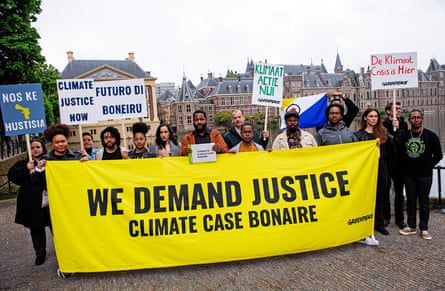
Climate change has increased the intensity of hurricanes through the warming of the ocean water in which they form. The result is slower buildups, and therefore more powerful storms and heavier rain loads. “There is a link” Natricia said, “the warming of the Atlantic Ocean is turbo-charging what would have been a much less intense storm.” There is an awareness in the region, she added, that climate change is partly responsible. But that link is not being made strongly enough where it counts. International climate change conferences are not factoring in the “lived experience, the fear, the trepidation of those living in the Caribbean”, and so the “urgency and change that needs to happen” is not forthcoming. “The more voices we have from the Caribbean, the more pressure there will be to do something about it.”
There is also a growing campaign for industrial nations to share reconstruction and support efforts. “The emissions from climate change that are causing these effects” in the Caribbean, Natricia said, “are not coming from these regions.” The Caribbean, which is collectively responsible for only 1% of greenhouse gas emissions, is reaping what affluent states have sown. “There is a growing movement of climate change and slavery reparations” she said, one that argues that the reparations movement needs to include tackling the climate crisis. Arley Gill, the head of the Grenada Reparations Commission, pointed out that there was an “inescapable” link between the pursuit of justice for enslavement and justice for climate change. He previously told Natricia that “our climate change challenges can be traced to the Industrial Revolution. And the Industrial Revolution in Europe was fuelled by the Atlantic slave trade and slavery.”
after newsletter promotion
Fortifying the future
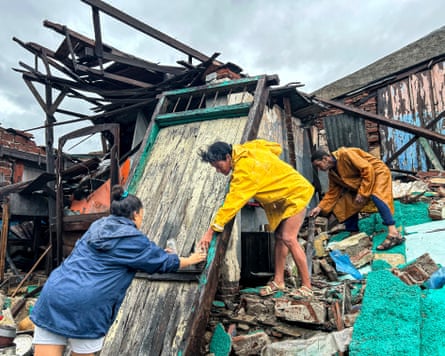
The challenge now is to rebuild. In many instances, “you have to build a whole community from scratch” explained Natricia, who said some communities were hit by Hurricane Beryl last year and had just finished rebuilding their homes. “There is a mental health challenge – think about your child having to live through the roof of their houses being torn off. Those who have survived will be traumatised.”
But there is also a colossal marshalling of efforts among the large Jamaican diaspora. Plans are being made for a number of fundraising concerts in a series named “I love Jamaica”, to be held in Jamaica and plans for concerts in Canada and the US. Meanwhile, Jamaican celebrities including the musician Shaggy have launched their own aid campaigns.
Beyond rebuilding, what looms in the near distance is how to fortify. Natricia, who is from St Vincent and the Grenadines, articulated a growing, Caribbean-wide sense of the urgent need to future-proof communities. “Very few people across the Caribbean islands are not thinking about the future. We have all been touched by these hurricanes. Hurricane season is coming to an end, but it starts again on 1 June . We have that burden of thinking: how do I make sure I am safe? What more can I do to make sure of that in the coming years?”

 3 weeks ago
19
3 weeks ago
19
